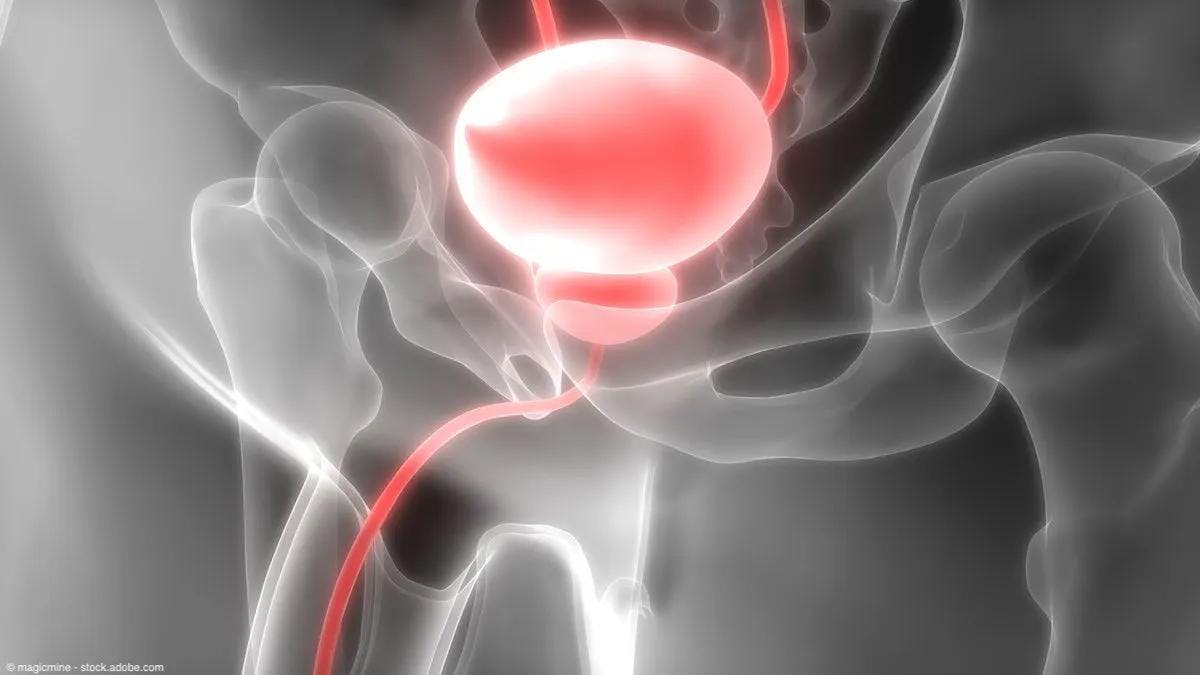News
Article
Urology Times Journal
Study reveals disparities in immunotherapy use for patients with kidney, bladder cancer
Author(s):
“Our study highlights critical gaps in health care equity when it comes to treatments that have been shown effective in prolonging survival,” says Solomon Woldu, MD.
Recent data indicate that although immunotherapy utilization is increasing over time for patients with clear cell renal cell carcinoma (ccRCC) and urothelial carcinoma, significant disparities in receipt of immunotherapy still exist for patients based on income, education, and insurance status.1
In patients with ccRCC, Black race and Hispanic race were associated with decreased immunotherapy utilization.

“With the rapidly changing pace of innovation in cancer therapeutics, it is important that all patients have access to novel, potentially lifesaving medications,” said senior author Solomon Woldu, MD, an associate professor of urology and a member of the Harold C. Simmons Comprehensive Cancer Center at UT Southwestern Medical Center in Dallas, Texas.2 “Our study highlights critical gaps in health care equity when it comes to treatments that have been shown effective in prolonging survival.”
For the study, the investigators assessed receipt of immunotherapy across 15,926 patients with stage 4 ccRCC and 10,380 patients with stage 4 urothelial carcinoma. Data were obtained from the National Cancer Database. The study period was 2015 to 2020 for patients with ccRCC, in line with the FDA approval date of immunotherapy, and 2017 to 2020 for patients with urothelial carcinoma, based on the FDA approval date of the broadened indication for immunotherapy, which was granted an initial limited approval in 2016.
Overall, 34% (5419) of patients with ccRCC and 21.5% (2231) of patients with urothelial carcinoma received immunotherapy.
Utilization of immunotherapy was shown to increase with each successive year across both malignancies. In 2016, 11.5% of patients with ccRCC received immunotherapy, compared with 40.8% of patients in 2018 and 60.8% of patients in 2020 (P < .001). Among those with urothelial carcinoma, 14.8% of patients received immunotherapy in 2017 compared with 28.7% in 2020 (P < .001).
In both patients with ccRCC and patients with urothelial carcinoma, treatment at a non-academic facility, education level, income, and insurance were all associated with immunotherapy utilization.
Specifically, in patients with ccRCC, those who received treatment at a community or other non-academic cancer center were less likely to receive immunotherapy than those treated at academic programs (OR, 0.86; 95% CI, 0.79–0.95; P = .002). In contrast, living in a community with higher education levels and higher income levels was associated with an increased likelihood of receiving immunotherapy.
Additionally, patients with any insurance, including private (OR, 2.02; 95% CI, 1.57–2.60; P < .001), Medicaid (OR, 1.54; 95% CI, 1.16–2.04; P = .003), Medicare (OR, 1.79; 95% CI, 1.37–2.32; P < .001), or through other governmental programs (OR, 1.63; 95% CI, 1.10–2.44; P = .016) were more likely to receive immunotherapy compared with those without insurance.
In patients with urothelial carcinoma, those treated at a non-academic facility were less likely to receive immunotherapy (OR, 0.78; 95% CI, 0.70–0.88; P < .001).
In contrast, older age (age, >75; OR, 1.48; 95% CI, 1.15–1.91; P = .002), highest income quartile (OR, 1.34; 95% CI, 1.08–1.66; P = .008), highest education quartile (OR, 1.25; 95% CI, 1.01–1.55; P = .036), and living within 21 to 40 miles of an intervention facility (OR, 1.34; 95% CI, 1.15–1.56; P < .001) were associated with a higher likelihood of receiving immunotherapy. Having any insurance was also associated with an increased likelihood of receiving immunotherapy, aside from other governmental insurance, which did not reach significance.
In patients with ccRCC, Black race (OR, 0.77; 95% CI, 0.64-0.93; P = .009) and Hispanic race (OR, 0.73; 95% CI, 0.61-0.86; P = .006) were associated with decreased immunotherapy utilization. No association between race and receipt of immunotherapy was observed in patients with urothelial carcinoma.
Overall, Woldu concluded in the news release, “[These findings] should encourage doctors counseling patients with kidney and bladder cancers to spend extra time discussing the potential benefits of novel therapies.”2
References
1. Holland L, Bhanvadia R, Ibeziako N, et al. Socioeconomic and demographic disparities in immunotherapy utilization for advanced kidney and bladder cancer. Urol Oncol. 2024:S1078-1439(24)00510-6. doi:10.1016/j.urolonc.2024.06.012
2. Widespread disparities exist in treating advanced cancers. News release. UT Southwestern Medical Center. Published online and accessed September 4, 2024. https://www.newswise.com/articles/widespread-disparities-exist-in-treating-advanced-cancers

Newsletter
Stay current with the latest urology news and practice-changing insights — sign up now for the essential updates every urologist needs.


























